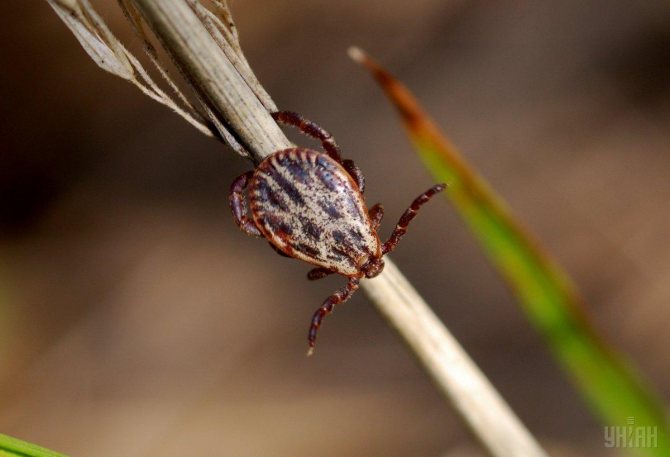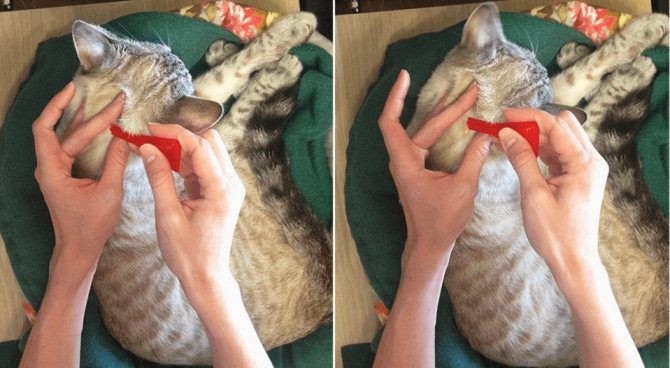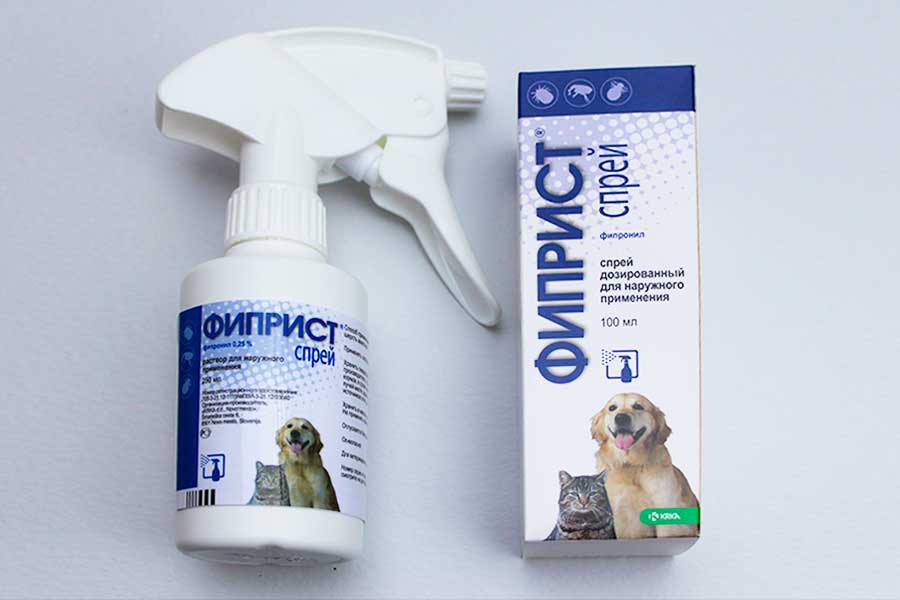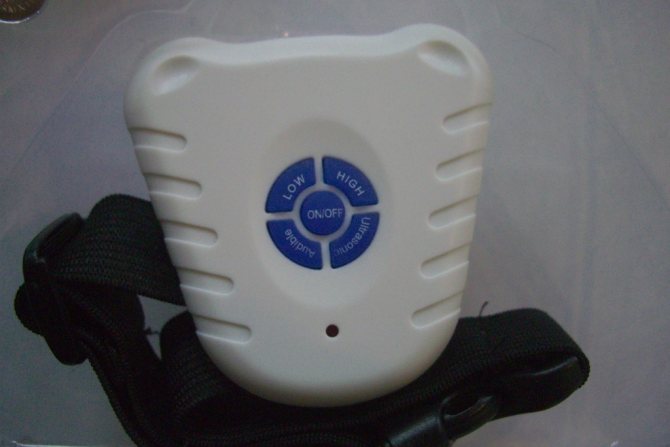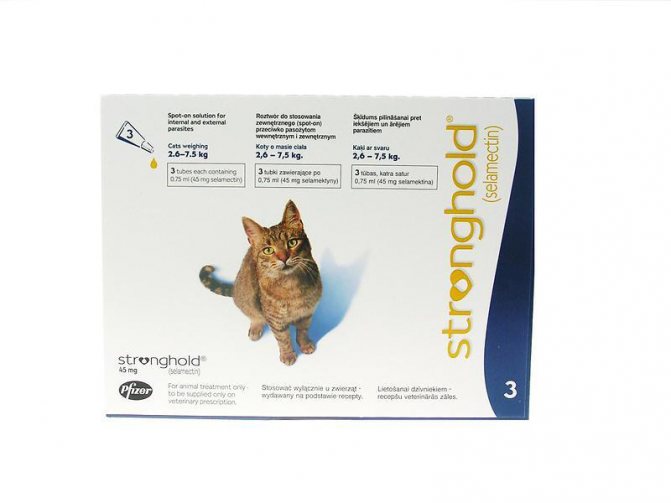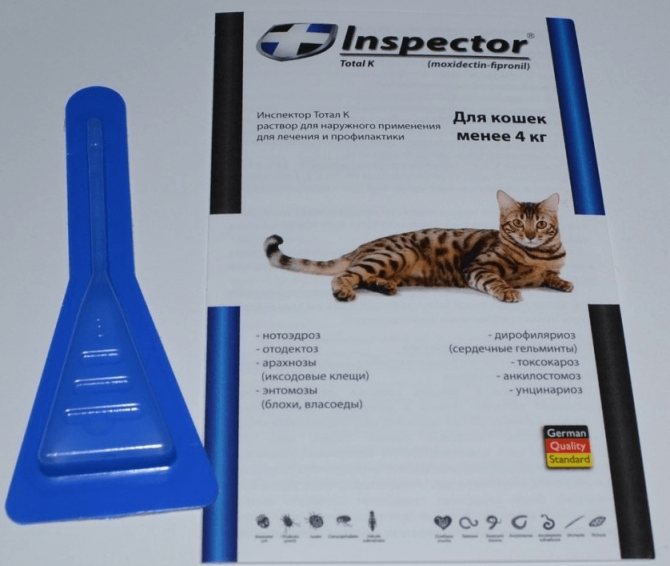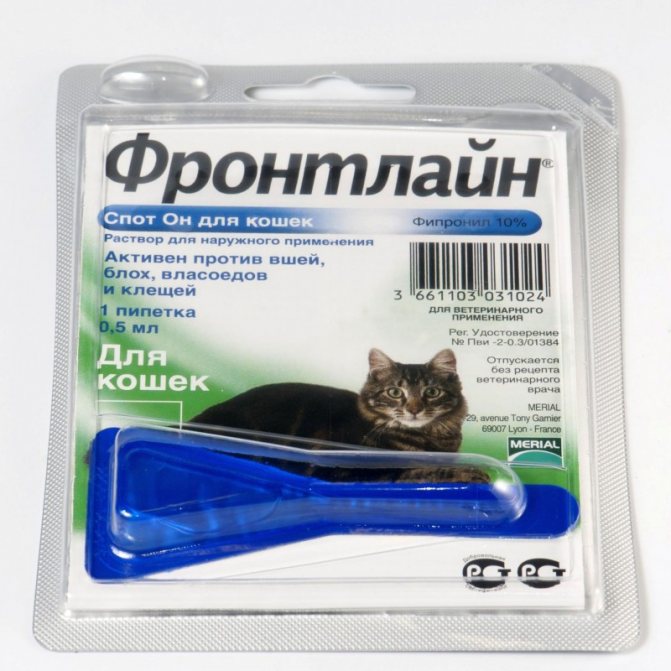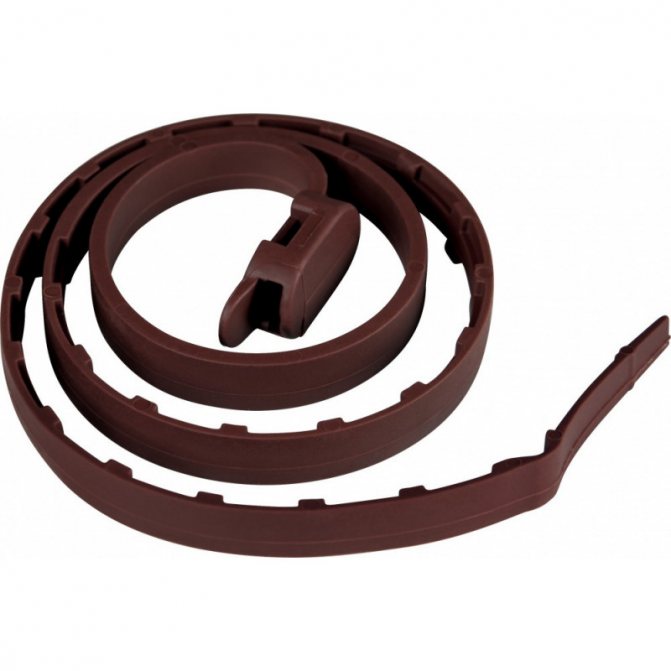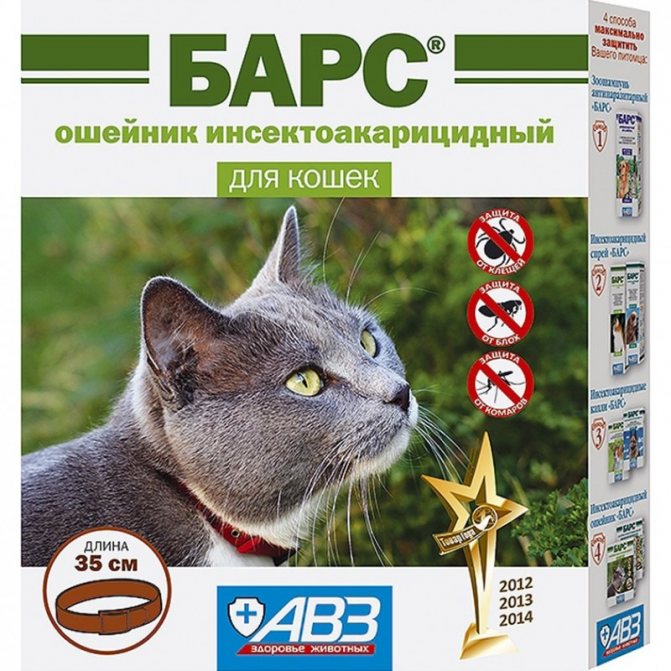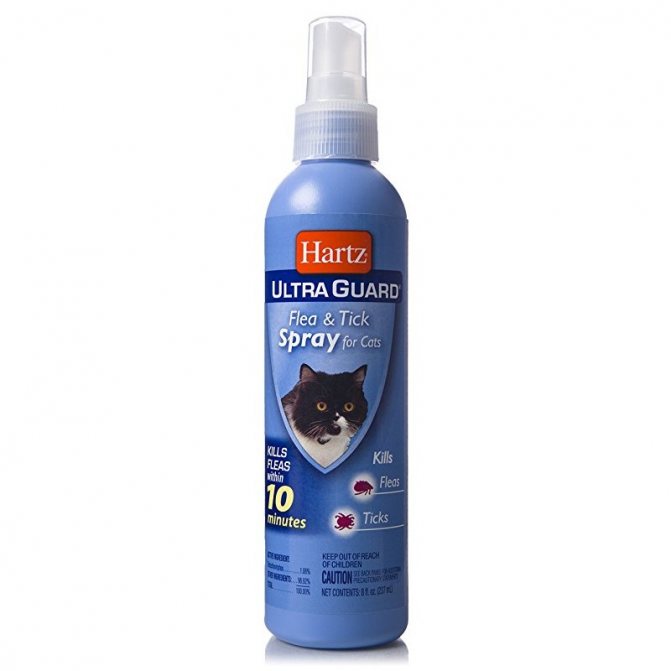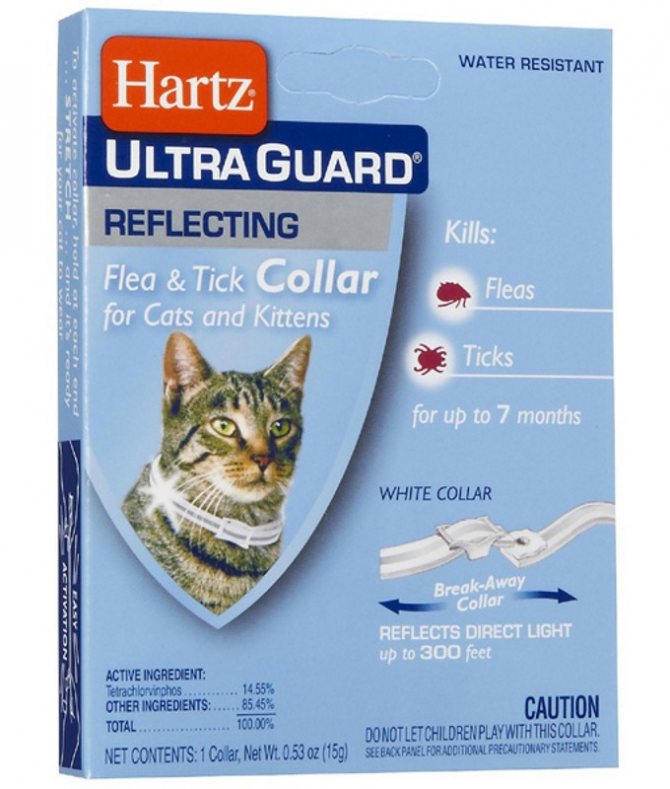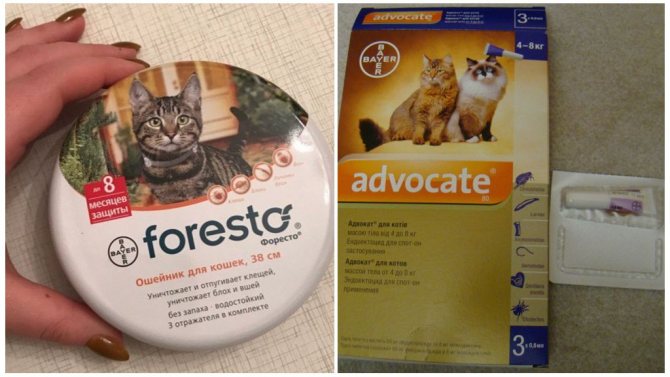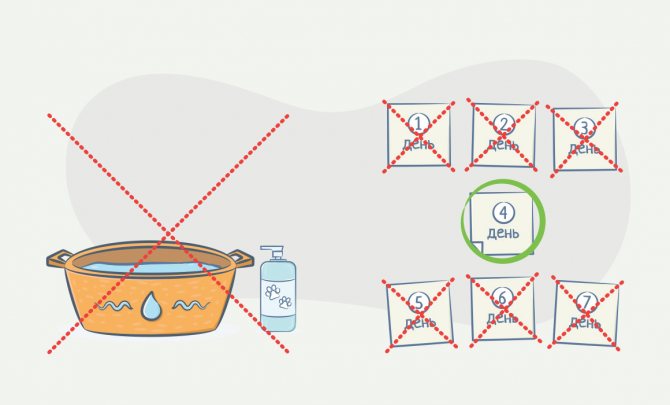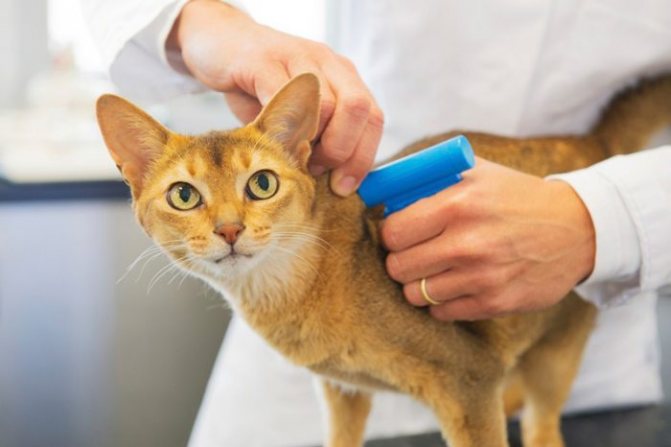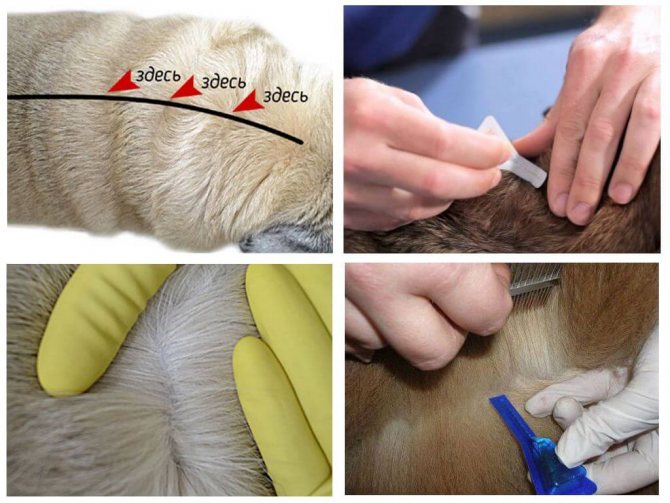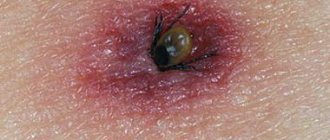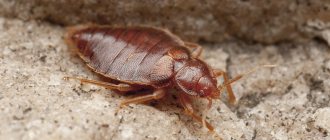How to protect an animal from ticks
It is possible to protect an animal from ticks only in the warm season, since ticks are active when the temperature outside the window rises above zero degrees. Every spring, veterinarians are reminded to protect their pets from ticks. But, many pet owners forget about this crucial period, remembering the problem only when the tick has already bitten the pet.
Be sure to examine your dog and cat after walking, as there is no 100% protection against ticks.
When walking on light-colored short-haired dogs, a crawling tick can be seen and removed before it adheres to the skin. Owners of long-haired dogs and short-haired dark colors can take a slicker comb with thick teeth for a walk and periodically comb the dog, this will also help to remove the tick in time.

Illustration / REUTERS
A hungry mite of dark color, oval-round, somewhat narrowed towards the head, size 3.5 - 4.5 mm. A sucked tick looks completely different after 2-3 days. It is almost the same color as the dog's skin, it looks like a wart the size of a small bean up to 10-12 mm.
What is better to choose
If you are looking for the best cat tick treatment, there is simply no perfect option. Not a single normal manufacturer will give 100% guarantees, because the mite is a cunning and hardy creature, and is able to break through protection. Therefore, many combine various means: collar and drops, drops and spray, etc.
When choosing a product, pay attention to the health of your pet, weight, age. Most medications are not suitable for pregnant or lactating cats. The same applies to kittens under the age of six months. If your cat has already had allergic reactions, it is worth consulting your veterinarian.
Pay attention to all the details when buying. The active ingredient and instructions for use must be indicated. Do not save on your pets, even if you overpay for a brand of a product or store, but you will definitely know that you have bought a quality product, not a fake. And remember that a simple inspection is the highest quality tool. After a walk, look through the cat's coat, comb it. This will help you identify the tick in advance and be able to take timely action.
Tick collar
Tick repellent collars are an additional preventive measure that can be used, although they are generally only useful for protecting the neck and head. The tick-proof collar is more suitable for short-haired animals and you need to put it on so that there is a distance of about 2 cm between the collar and the dog's neck. But if the collar dangles, it will not work.
Also, special collars in combination with a spray will come in handy for animals that are in the forest zone throughout the tick-borne period.
Since the collar is designed to be worn for a long time, it is important that it is as safe as possible for the animal and continuously acts against ticks. Therefore, take this remedy very seriously.
Drops and aerosols from ticks
For long-haired dogs, it is better to use drops that are selected according to the weight of the dog. It is important to apply the drops correctly - you need to apply the contents of the tube directly to the skin, pushing the coat well.
The drops are well absorbed into the skin and spread over the subcutaneous fat layer. But do not squeeze the drops onto the coat, as this will not bring results. It is usually recommended to drip drops around the withers.
The spray kills ticks quickly and efficiently, providing sufficient protection. Aerosols can be used in conjunction with shampoos and can be useful if the animal lives in wooded areas for a significant amount of time. Be very careful when using this product around the eyes.
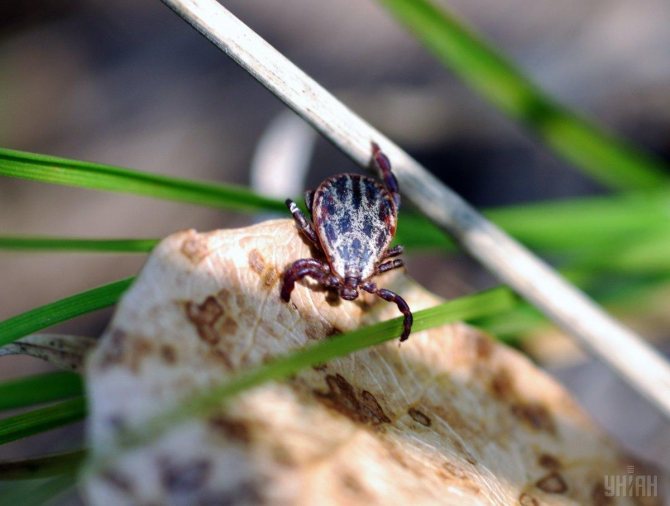

photo UNIAN
Apply all means of protection against ticks 2-3 days after washing the dog, as the fat layer should be restored on the skin. All anti-mite drugs, except for tablets, are not absorbed into the bloodstream, but dissolve in a fatty film.
Characteristic
Drops from ticks are a liquid solution of an insecticide that is active against parasites, but at the same time for the animals themselves is low toxic. However, if large doses of the drug enter the body, poisoning is possible, and therefore drops are applied to a place inaccessible for licking - on the withers or on the line of the spine. Among the large assortment, you can choose a remedy for cats of any age, as well as for pregnant and weakened pets.
The active substance in drops from ticks for cats can be:
- permethrin - rather quickly spreads through the body of the animal, providing reliable protection, and when it enters the gastrointestinal tract (if the cat nevertheless licks off part of the drug), it immediately splits without causing any particular harm to health;
- pyriproxyfen - a little earlier it was actively used as a filler for antiparasitic collars, today it is also used in the manufacture of drops from blood-sucking parasites;
- fipronil - one of the most modern insecticides, which is considered less hazardous to animals than others;
- ivermectin is a versatile insecticide that works very well against a wide range of parasites.
Once on the cat's body, the active substance spreads over the skin, envelops the hair follicles and after a while begins to gradually evaporate. Toxic vapors enter the body and significantly reduce their activity; when bitten, the insecticide almost instantly paralyzes the nervous system, after which the parasite dies.
Features of the
- Some drops can only scare away bloodsuckers, others scare away and destroy. You can find this information in the instructions for the drug.
- Many products have a strong odor, which will cause the cat to lick them off or wipe them off with his paw. To eliminate discomfort and prevent undesirable consequences, after application, the product must be thoroughly rubbed into the skin.
- Most of the drops on the withers work not only against ticks, but also against other blood-sucking parasites: fleas, lice, etc. And after removing pests from the animal's body, they provide good prevention of their reappearance.
- Drops are a very convenient form of protection for pets, and usually one bottle is enough for a complete recovery.
Tick protection for cats
In general, all of the remedies described above are also suitable for cats. But there is one important detail: not all drugs that are intended for dogs can be given to cats. Certain medications for dogs can cause serious poisoning in cats.
For example, cats should not be treated with permethrin, as it is dangerous for them. If the dog and the cat are friends, the cat can lick the permethrin, therefore, after treatment with some sprays or drops, it is recommended to keep the animals in different rooms for a day.
In any case, read labels carefully before use to ensure the spray is intended for use on cats.And it is not recommended to use it on any other animals in the house.
Terms of use
So, as we already said, antiparasitic drops are applied to the withers of the animal. First you need to take the cat and use a comb or just fingers to push the fur in the treated area. We drip the solution onto the body and gently but thoroughly rub it into the skin. After applying the product, the animal cannot be bathed for three days.
How much money will be needed for one treatment? It depends on your pet's age, body weight, health status and other individual characteristics. You will again find information on the dosage for each specific case in the instructions.
Pyroplasmosis in dogs
If a tick is found on the dog's body, then it must be carefully removed or seek help from a veterinarian.
One of the most formidable and widespread infections - babesiosis (piroplasmosis) - often leads to the death of dogs, in cats it can cause fever and anemia. In rare cases, once at home, a tick can move from the dog to the owner and bite, then you already have a risk of contracting tick-borne encephalitis and Lyme disease (borreliosis).
It is believed that infection of a dog with piroplasmosis occurs on the 2nd day, when the tick belches back unnecessary blood. The incubation period for infection can range from 10 to 21 days. Whether you have found a tick or not, the dog's behavior should be constantly monitored so as not to miss the deadline for contacting a veterinarian. It is impossible to cure piroplasmosis on your own.
With piroplasmosis, the destruction of erythrocytes occurs and all organs suffer from this, since the blood does not fulfill its functions. Therefore, it is better not to delay a visit to the doctor: the disease is well treated in the early stages, but if delayed, a lethal outcome is possible. With a timely visit to the doctor, the dog can be cured in 2-3 days.
Earlier, UNIAN reported how a person can protect himself from bites and correctly remove a tick.
Nobivac Piro and Pirodog: vaccination rules
The principle of action of the Nobivac Piro and Pirodog vaccines is to neutralize the toxin secreted by parasites, to somewhat facilitate the process of its penetration into erythrocytes. Thus, vaccination with these drugs will not protect the pet from parasitic damage, but the disease will be much milder, and the likelihood of death will decrease significantly.
The biological properties of the vaccines Pirodog and Nobivac Piro (Nobivac Piro) make it possible to develop immunity lasting 6 months already 14 days after the administration of the drug.
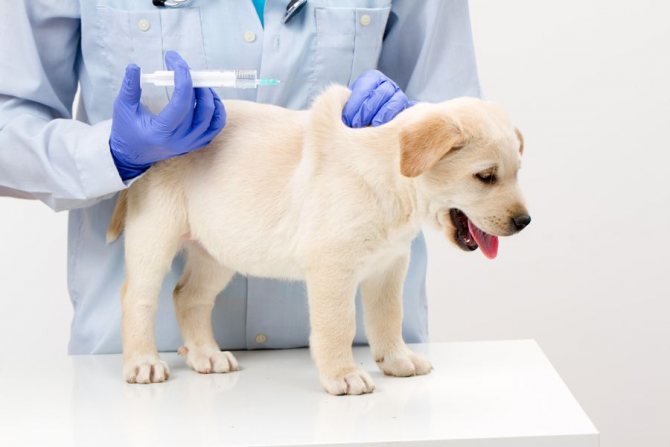

A vaccine against piroplasmosis will help the dog survive the disease more easily
Table: Comparison of Vaccine Properties
| Pyrodog | Nobivac Piro | |
| The biological basis of the vaccine | Babesia canis antigen | Babesia canis antigen combined with Babesia rossi |
| How is it applied | The drug is injected subcutaneously into the withers area. One injection in one dose (1 ml) is given at one time. To develop immunity, it is necessary to administer the vaccine twice with an interval of 3-4 weeks | Subcutaneous injection to the withers. It is necessary to inject the drug twice. Re-vaccination is possible in 3-6 weeks |
| Indications for the age of the vaccinated animal | From 5 months | From 6 months |
| Possible side effects of vaccination | Often: swelling in the area of the injection. It passes without outside interference (after a few days). Rarely: lethargy and apathy (resolves spontaneously), hypersensitivity to the drug (requires symptomatic treatment) | Side effects are the same, but the likelihood of their manifestation is higher due to the greater toxicity (the composition contains an additional Babesia rossi antigen) |
| Use with other vaccines | It is possible to use it simultaneously with an injection of an anti-rabies drug (necessarily produced by Merial). It is important that the injection is made elsewhere.With other vaccines, the interval of use before and after should be at least two weeks | The interval for using other vaccines before and after should be at least two weeks |
Regardless of which drug for vaccination you stop, vaccination against piroplasmosis (babesiosis) should take place according to the following generally accepted rules:
- Before being vaccinated, the dog must undergo deworming (a complex of therapeutic and prophylactic measures aimed at combating worms). It is best to do this no later than two weeks before the injection.
- Vaccinations should be given two months before the peak of tick activity (around March). In this case, the necessary protective immunity will be developed on time, and the repeated vaccination will coincide with the period of the summer decline in the activity of tick-borne attacks (this is safer).
- The dog must be healthy both at the time of vaccination and before it. The veterinarian determines the possibility of the procedure only after a comprehensive examination of the pet and the appointment of the necessary tests.
- It is contraindicated to vaccinate during pregnancy and lactation (breastfeeding).
- You should not bathe your dog for a week after vaccination. For a while, you should also forget about active physical activity.
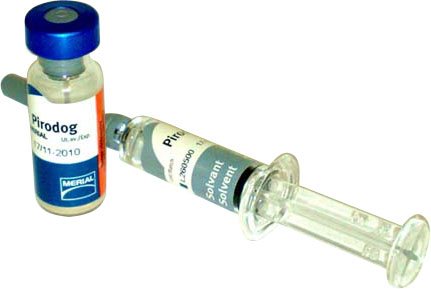

At the site of administration of the drug Pirodog, a swelling may appear, which quickly disappears over time.
Factors that reduce the effectiveness of the vaccine
The presence of chronic diseases in the dog can affect the effectiveness of the procedure. Especially if these are diseases associated with immunodeficiency.
The vaccine can be injected only two months after the treatment with anti-anesthesia drugs. In this case, before vaccination, it is necessary to undergo an immunological study to exclude the presence of babesiosis.
Controversial issue: is vaccination necessary?
Whether it is necessary to inject a vaccine against piroplasmosis is an ambiguous question. Of course, each owner seeks to alleviate the condition of his pet. However, vaccination can do a disservice. The fact is that the passed vaccination "drowns out" the symptoms of the disease. And this means that when infected, there is a high probability of skipping the initial stage of the development of the disease. Therefore, you need to be a very attentive host. Otherwise, assistance may be delayed. And treatment is strictly required for piroplasmosis, regardless of whether the dog has been vaccinated or not.
So, of course, you can vaccinate a pet, but this is not a panacea. During the season of tick activity, it is necessary to closely monitor the condition of the dog and use all kinds of protection against tick bites.
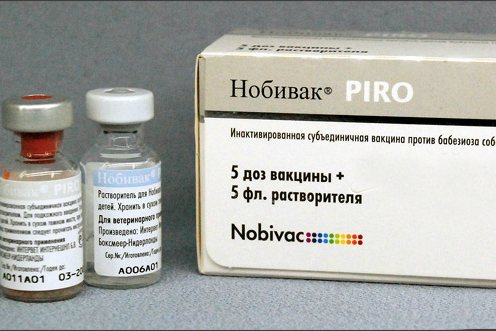

Nobivac Pyro does not possess medicinal properties, but reduces the clinical manifestations of piroplasmosis




